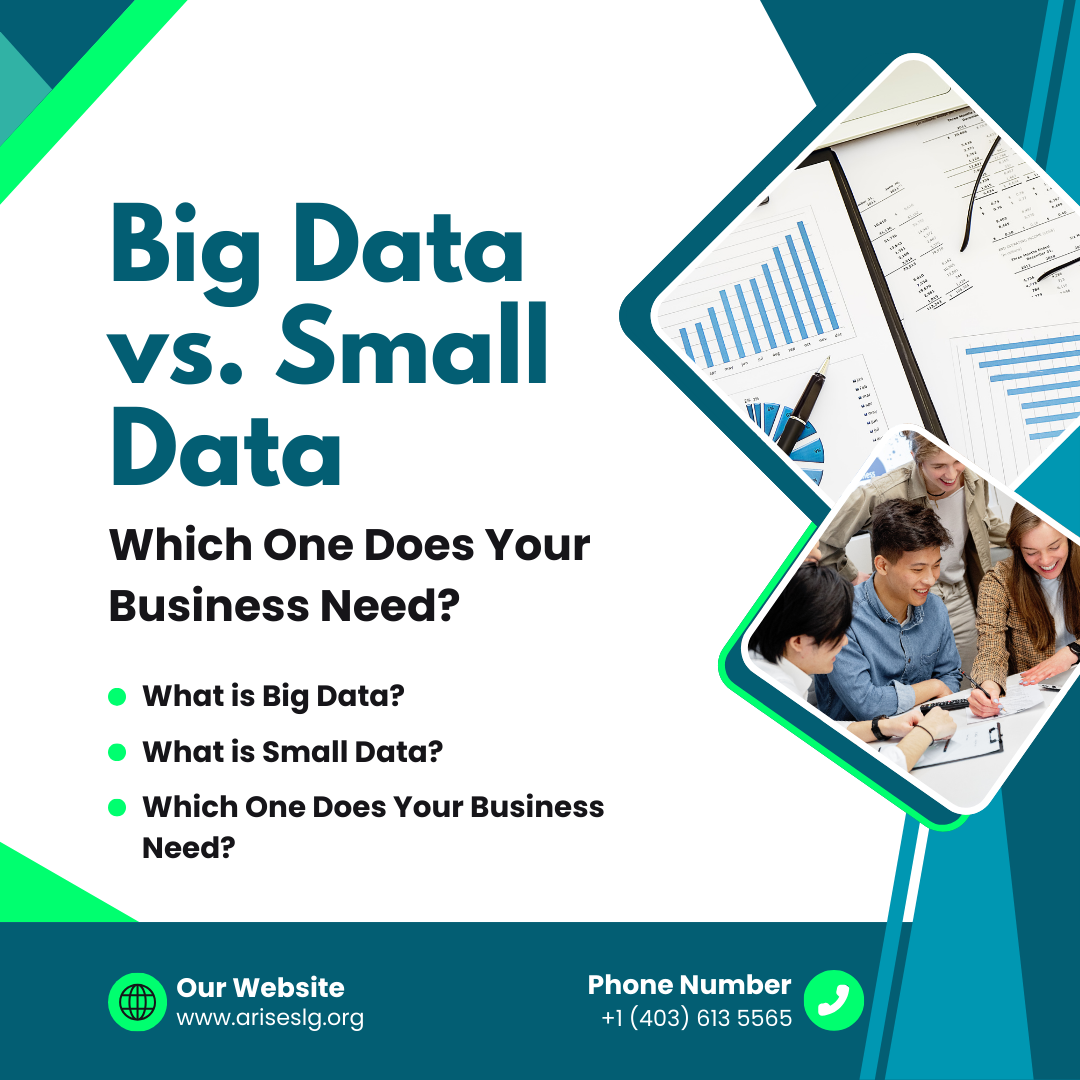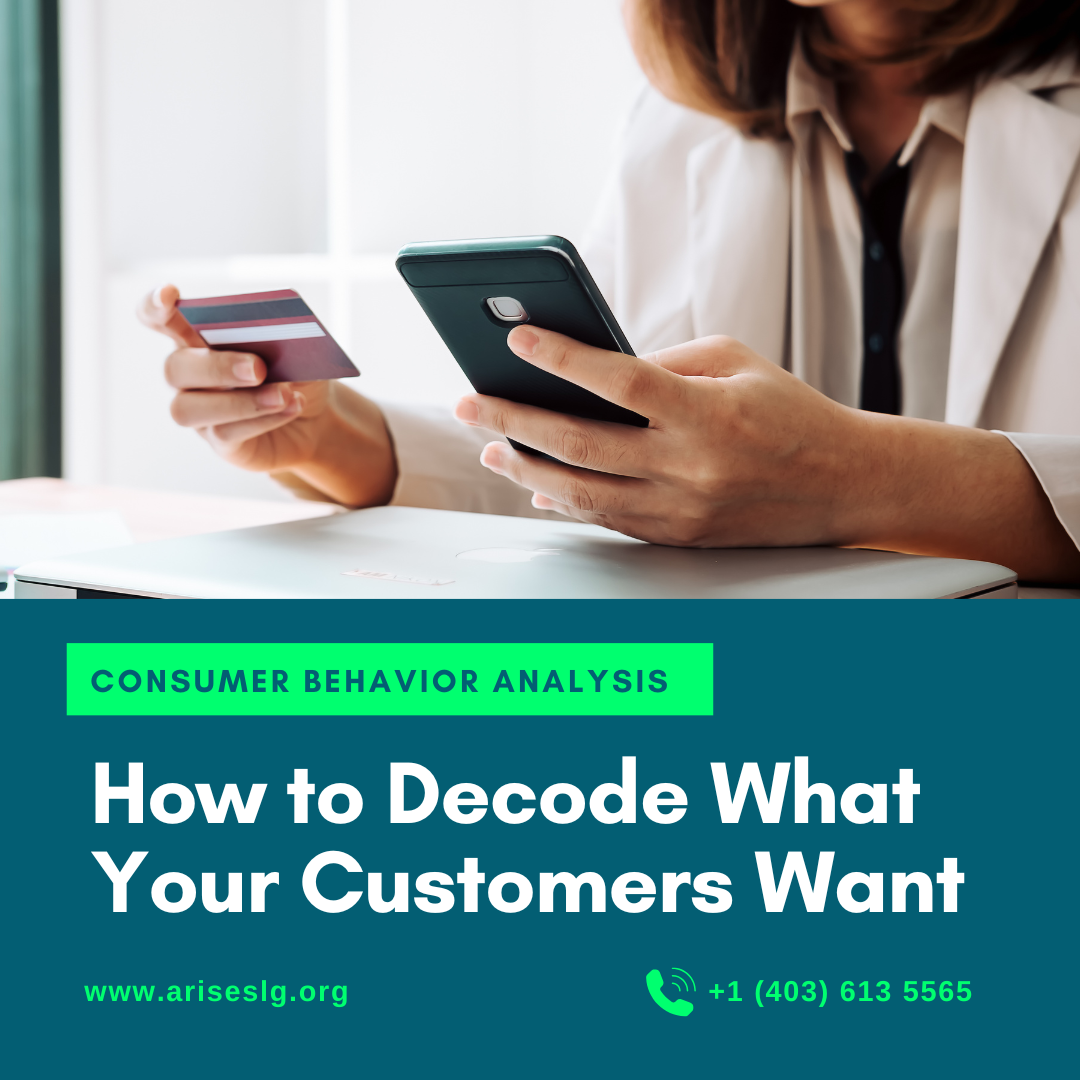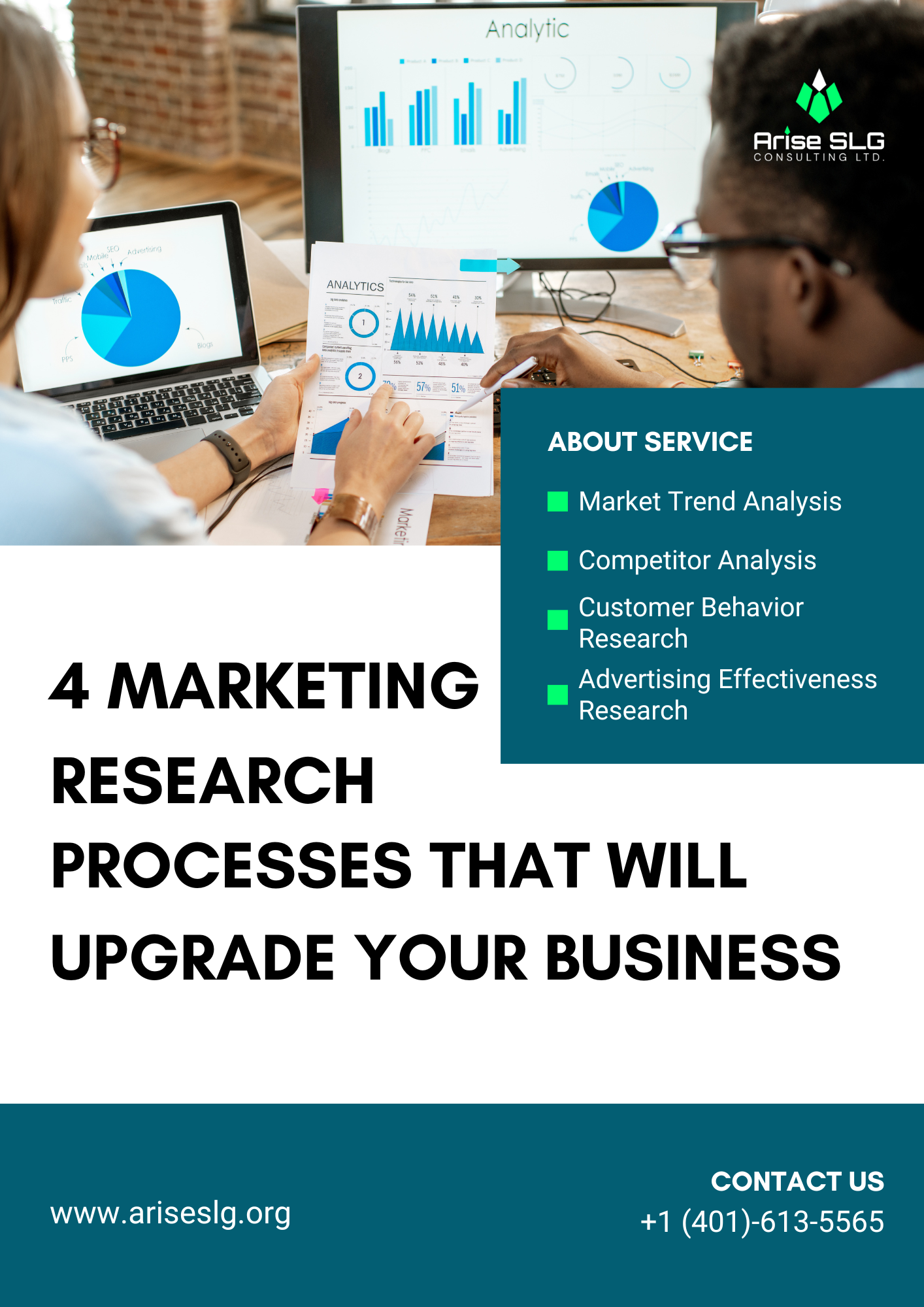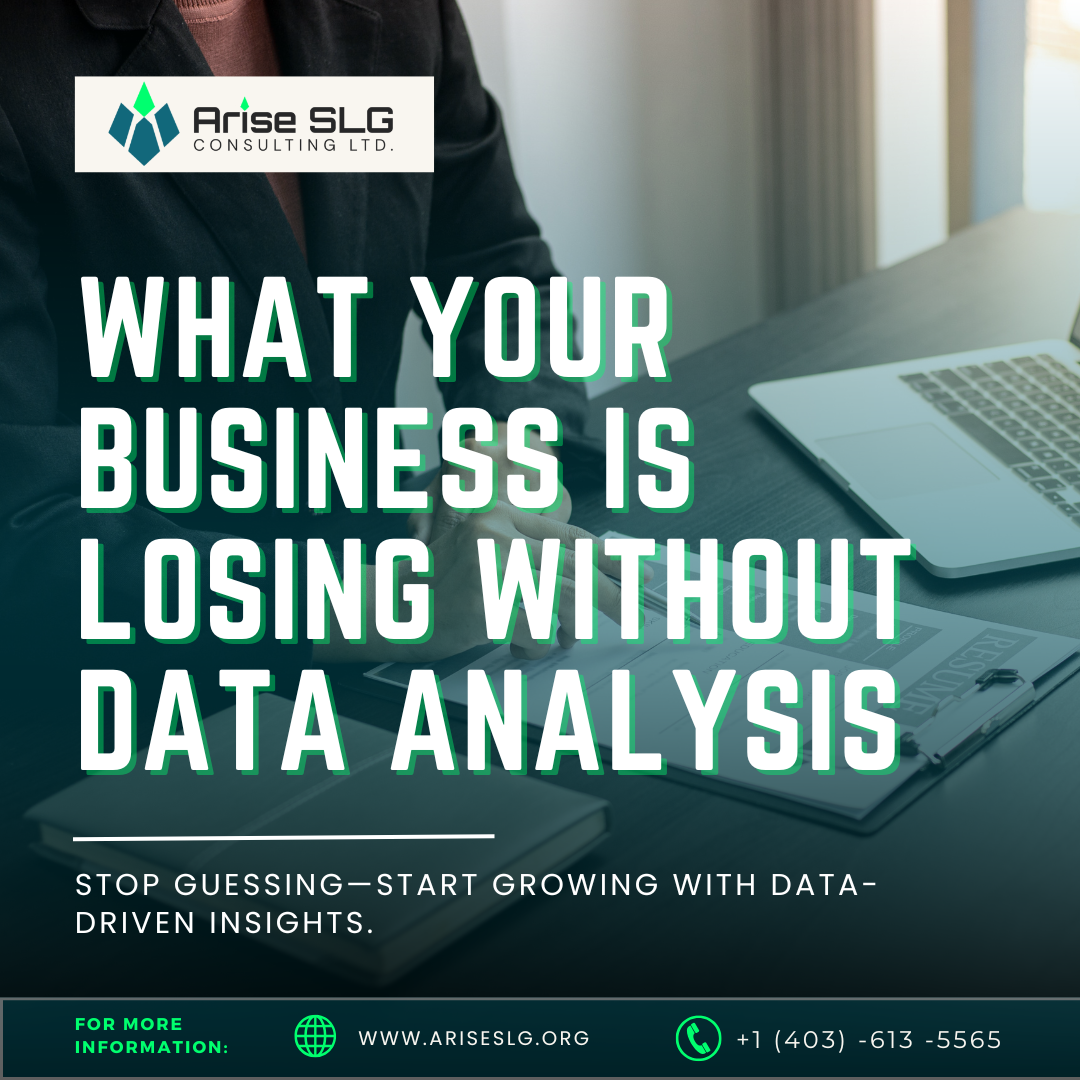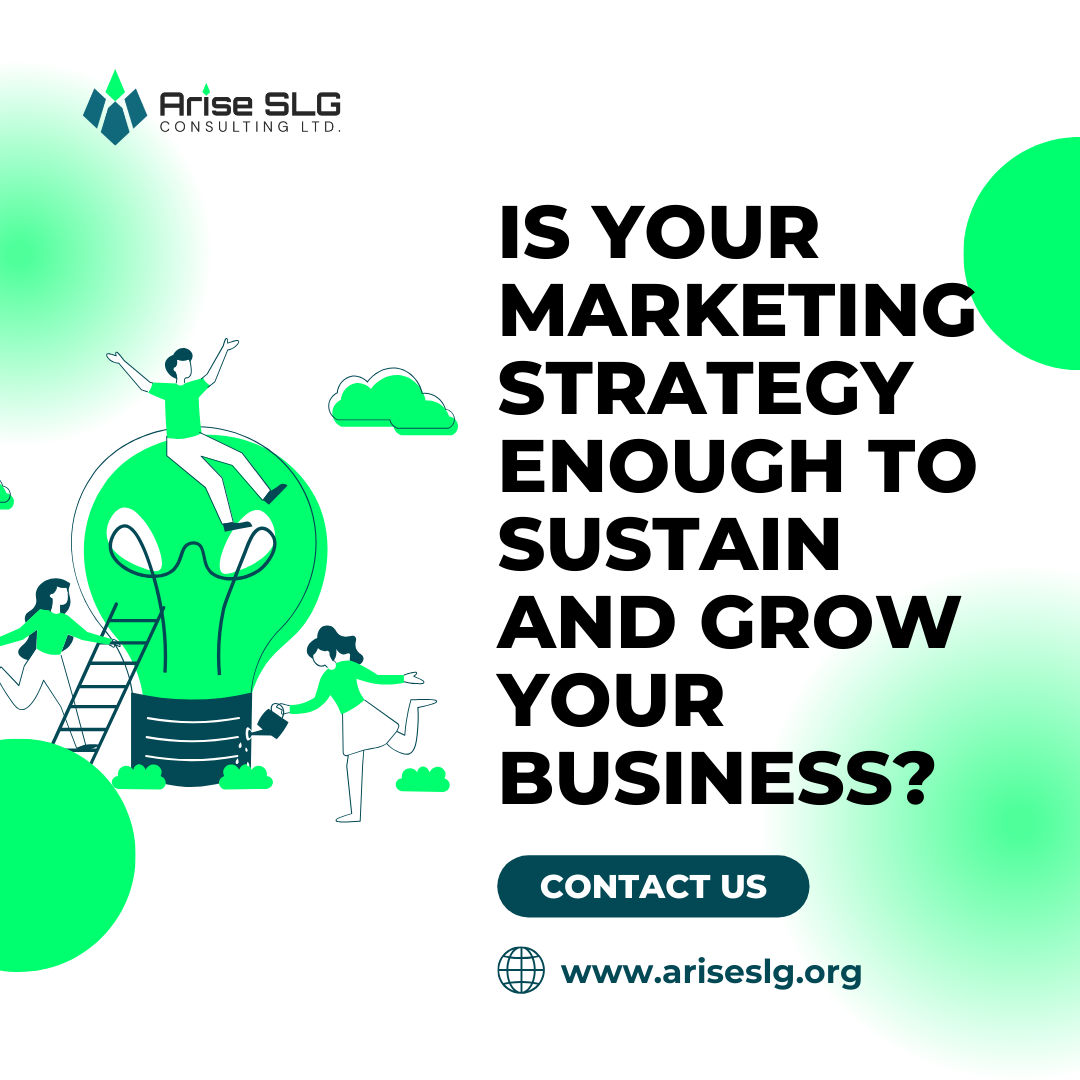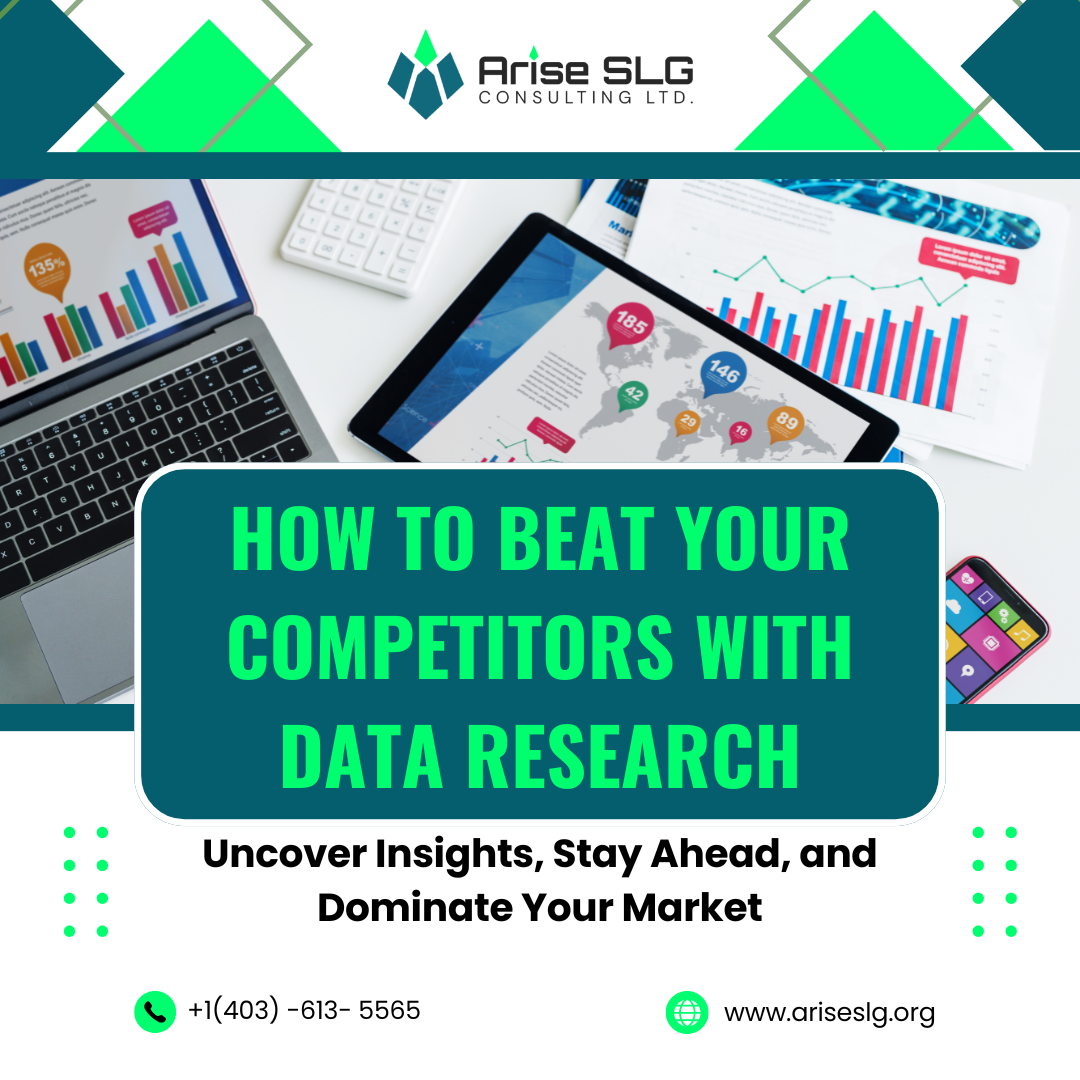Every business needs information to grow, but not all information is the same. Some companies deal with huge amounts of data, while others focus on smaller, more specific insights. This is where the debate between Big Data and Small Data comes in. Understanding the difference can help you choose the right approach for your business.
Some businesses struggle because they don’t know which data to focus on. Should you gather large-scale data to uncover trends, or is it better to use direct feedback and small reports for quick decisions? Let’s break it down in simple terms so you can make the best choice.
What is Big Data?
Big Data refers to massive volumes of structured and unstructured data that businesses collect from various sources. These include customer transactions, website traffic, social media interactions, IoT (Internet of Things) devices, and more. The key characteristics of Big Data are:
Volume – It deals with extremely large amounts of data.
Velocity – Data is generated and processed at high speed.
Variety – It comes in different formats, such as text, images, videos, and numbers.
Companies use advanced analytics tools, artificial intelligence, and machine learning to process Big Data and extract valuable insights. For example, e-commerce platforms analyze Big Data to predict shopping trends and recommend products to customers.
What is Small Data?
Small Data is more focused and specific. It consists of manageable, easily interpretable data that helps businesses make quick decisions. Unlike Big Data, it doesn’t require complex processing tools. Instead, it relies on direct customer feedback, surveys, sales reports, or interactions. Key characteristics include:
Relevance – It focuses on specific, actionable insights.
Accessibility – Small Data is easy to collect and analyze without advanced technology.
Human Interpretation – The insights are straightforward and can be understood without deep technical knowledge.
A local restaurant, for instance, can use Small Data from customer reviews and sales trends to adjust its menu or improve service without needing large-scale data analysis.
Which One Does Your Business Need?
The right choice depends on your business size, industry, and goals
If you run a small or medium-sized business (SMB): Small Data is usually more than enough. You can use customer surveys, website analytics, and sales records to make informed decisions without investing in expensive Big Data solutions.
If you operate a large business or tech-driven company: Big Data can help uncover deep insights into customer behavior, market trends, and operational efficiency.
If you need real-time decision-making: Big Data is best for businesses that require real-time analytics, such as e-commerce, financial services, and healthcare.
If you want quick, actionable insights: Small Data is perfect for businesses that want immediate feedback, such as retail stores, restaurants, or service providers.
Big Data and Small Data are not competitors; they complement each other. While Big Data helps in long-term strategic planning and deep insights, Small Data is essential for quick decision-making and day-to-day operations.
At Arise SLG Consulting Ltd., we help businesses harness the power of data—whether Big or Small—to drive growth and improve decision-making. If you’re unsure which data strategy suits your business, we’re here to guide you.
📩 Want to unlock the full potential of data for your business? Contact us at https://ariseslg.org/ today for expert insights and tailored data solutions!
#dataanalytics #personalization #customerexperience #AriseSLG #businessintelligence #data #ariseslg #smartinsights #datadrivendecisions #strategicgrowth #insights #predictiveanalytics #customerengagement #powerbi #machinelearning
